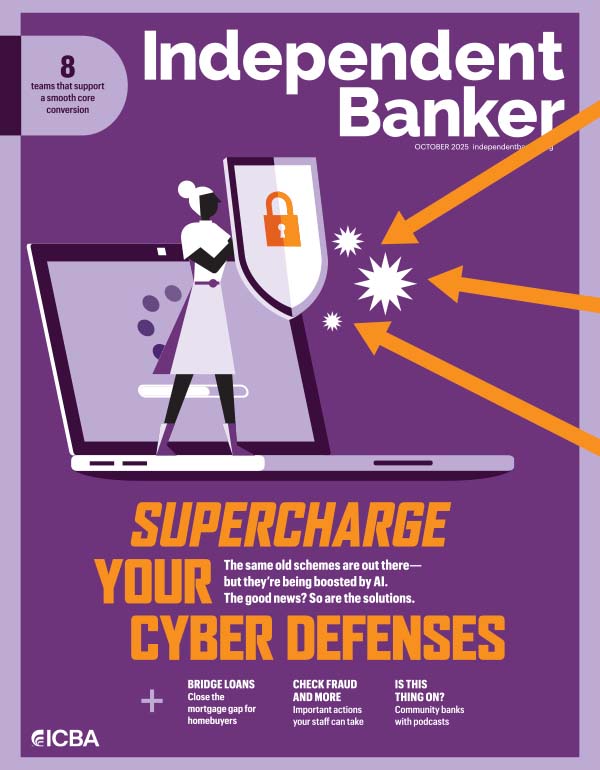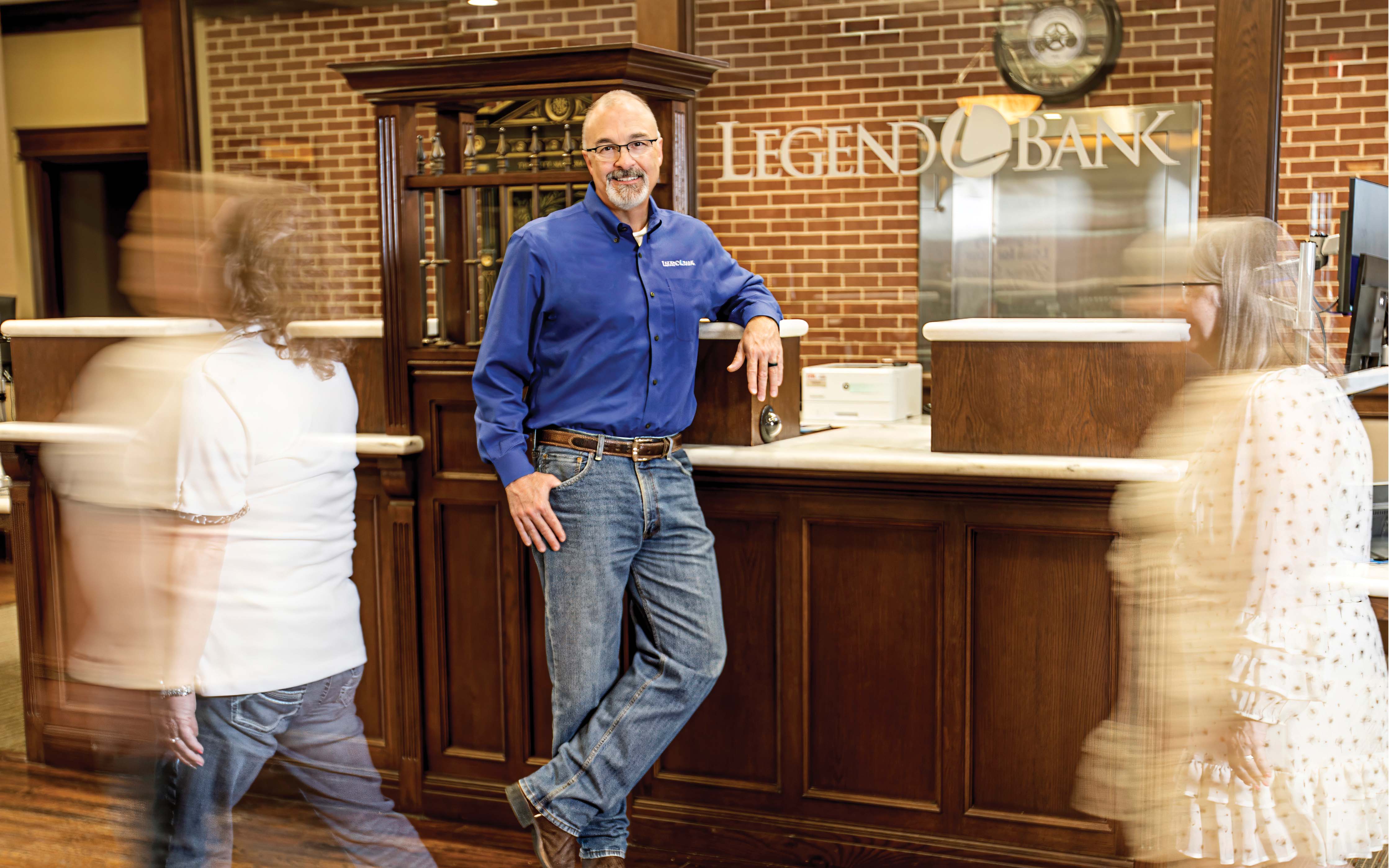In 2025, the U.S. point-of-sale (POS) market is valued at $29.11 billion, supported by expanding innovation in both the in-person and e-commerce environments.
In the physical realm, Mastercard reports that contactless payments now account for more than two of every three in-person transactions on its network. When it comes to the digital experience, upwards of 90% of smartphone users use digital wallets regularly. Overall, 41% of U.S. shoppers now expect their smartphone or tablet to become their primary shopping tool.
POS innovations, like contactless and digital wallet solutions, are increasingly required to respond to customer expectations, achieve top-of-wallet status and bolster card use. Trends in both the physical and e-commerce environments mean that community banks need to innovate to drive payments revenue, and targeted strategies are key to achieving that.
“If community banks’ cards are contactless, and they are actively managing their programs to be top of wallet, they are going to have much stickier and profitable card holders,” says Nick Denning, senior vice president and head of product strategy at ICBA Payments.
To ensure products they offer are used by their customers and create the desired deeper engagement, community banks must respond to demand for new tech solutions. But with widespread change in payments, how does a community bank stay on top of shifts, maximize opportunities and realize ROI with POS payments?
These three tips can help your community bank stay competitive at the point of sale.
1. Ensure the card is contactless
The COVID pandemic famously launched the rise in contactless solutions, with Mastercard reporting in 2020 that 79% of consumers were using contactless payments. Today, those payments are even more commonplace, predominantly because merchants have shifted their POS terminals to allow for tap-to-pay solutions and enable wearables and touchless transactions.
“From a point-of-sale perspective, the main thing community banks need to know is that they have to have contactless cards for their debit and credit card programs to drive toward top-of-wallet status,” shares Denning. “Not only do consumers expect and require it, but some merchants are moving toward only accepting contactless transactions via tap‑to‑phone.”
2. Partner for potential
Quick Stat
90%
of smartphone users employ digital wallets regularly.
Source: eBizneeds
Nearly nine out of 10 consumers use credit or debit cards to pay. However, 30% of small businesses don’t offer these as payment options. While the merchant services space is competitive, community banks have a natural opportunity to outfit small businesses with the right POS solutions. As Denning notes, “I think there’s an opportunity for community banks to leverage solutions from providers that couple market-competitive products with the service and support you’d expect from a community bank.”
If a community bank can partner to offer a competitive solution for payment needs, their business customers will have the choice of an efficient, secure solution and they will be able to realize increased revenue.
3. Keep an eye on emerging opportunities
Sometimes, what’s next creates the potential for what to do now. For example, Pay by Bank has started building a name for itself and is in the very early stages of deployment. However, that “early adopter” status just may entice community banks to size it up as a possible offering.
“Pay by Bank is enabled by open banking concepts that help promote a good user experience, but it’s not present in a lot of checkout experiences yet,” explains Denning. “It will be something to watch out for over the next few years.”
Similarly, instant payments are emerging as a rail to power Pay by Bank transactions, and they also serve as a sign for community banks to step back and look at the big picture. POS options are a piece of a broader payments strategy, one that needs to consider the competitive landscape and the role instant payments play.
With solutions like Venmo and Zelle driving a lot of the faster payments volume in the peer-to-peer space, community banks need to keep an eye on what may come and how these solutions could influence money movement for business transactions and factor into future POS plans.
“Banks should be laser-focused on the user experience with money movement and how they allow account holders to move money,” advises Denning.
More to come
Overall, POS innovations continue to change how people pay. From contactless and wearables to digital wallets, these solutions will continue to shape the consumer and business experience at the point of sale.
Such changes create opportunities for community banks, deepening customer relationships in the process. With more than half (58%) of community bank executives looking to grow existing lines of business this year, POS offers one way to explore offerings. This approach can generate new types of revenue and respond to customer demand at the same time—a win-win scenario for community banks and their customers.






